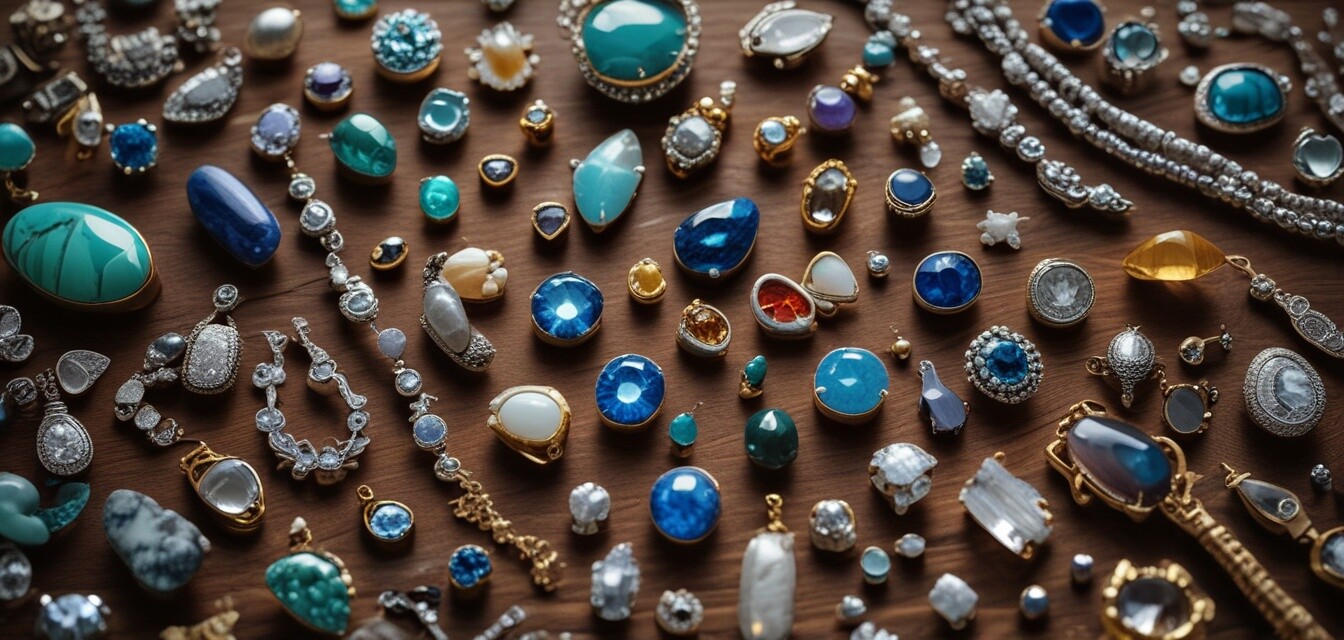
The Science of Jewelry Making: What You Should Know
Key Takeaways
- The interplay of materials and techniques defines the art of jewelry making.
- Understanding gemstones is crucial for quality selection and design.
- Jewelry making is both a science and an art, requiring precision and creativity.
- Different design principles can enhance the appeal of jewelry pieces.
The world of jewelry making is a fascinating blend of science and artistry. From the careful selection of materials to the precise techniques utilized for crafting stunning pieces, there is a wealth of knowledge behind every item of jewelry. In this article, we will explore the intricate process of jewelry making, touching upon the materials used, the techniques employed, and the design principles that professionals incorporate into their work.
Materials Used in Jewelry Making
The foundation of any good jewelry piece is its materials. Here’s a closer look at some of the most popular ones used in the industry:
| Material | Description | Common Uses |
|---|---|---|
| Gold | A precious metal that is malleable and ductile, resistant to tarnish. | Rings, necklaces, bracelets |
| Silver | Also a precious metal, silver is more affordable than gold but can tarnish. | Earrings, chains, and brooches |
| Platinum | A rare, durable metal that is hypoallergenic and resistant to wear. | Engagement rings, wedding bands |
| Gemstones | Minerals that can be cut and polished, often valued for their beauty. | All types of jewelry |
| Pearls | An organic gemstone formed within mollusks, prized for their luster. | Necklaces, earrings |
Each material comes with its unique set of properties and care requirements, making the selection process critical. For more extensive guidelines on choosing materials, consider reading our buying guide section.
Techniques of Jewelry Making
Jewelry making involves a variety of techniques, each contributing to the final look and durability of the piece. Let’s take a look at some techniques:
- Soldering: This process involves melting metal to join pieces together.
- Casting: A technique that allows jewelers to create complex shapes by pouring molten metal into a mold.
- Stone setting: The method of securely positioning gemstones into a piece.
- Enameling: A technique where colored glass is fused to metal, adding beauty and protection.
- Repoussé: A process where metal is shaped by hammering from the reverse side to create a design in relief.
These techniques require not only knowledge but also practice and precision. For deeper insights into enhancing skills, you can check our expert insights blog.
Design Principles in Jewelry Making
Design plays a significant role in jewelry making. Here are essential principles to consider:
| Principle | Description |
|---|---|
| Balance | The distribution of visual weight in a piece, ensuring it doesn’t feel lopsided. |
| Contrast | The use of opposing elements (like light vs. dark or large vs. small) to create interest. |
| Harmony | The pleasing arrangement of elements to create a cohesive look. |
| Proportion | The size relationship between different components of the piece. |
| Movement | The path the viewer’s eye follows when looking at the jewelry, often created through lines and shapes. |
Understanding these principles is crucial for creating visually appealing pieces. If you seek more detailed tips on design, our news and trends section offers valuable insights.
Tips for Beginners
- Start with simple designs to practice basic techniques.
- Invest in quality tools and materials; they make a difference.
- Experiment with different materials and techniques to find your style.
- Seek out tutorials and workshops to gain expertise.
- Network with other jewelry makers for inspiration and support.
Pros
- Allows for personal expression and creativity.
- Can be both a hobby and a lucrative career.
- Provides opportunities for continuous learning and improvement.
Cons
- Can require a significant initial investment in tools and materials.
- Technique mastery can take time and patience.
- Market competition is strong in the jewelry industry.
Conclusion
The art and science of jewelry making are intertwined in ways that create beautiful works of art. Whether you are interested in pursuing this craft as a hobby or professionally, understanding the materials, techniques, and design principles is invaluable. With the right knowledge and practice, you can create stunning pieces that reflect your unique aesthetic. Remember to stay updated with trends and continue learning to enhance your skills.